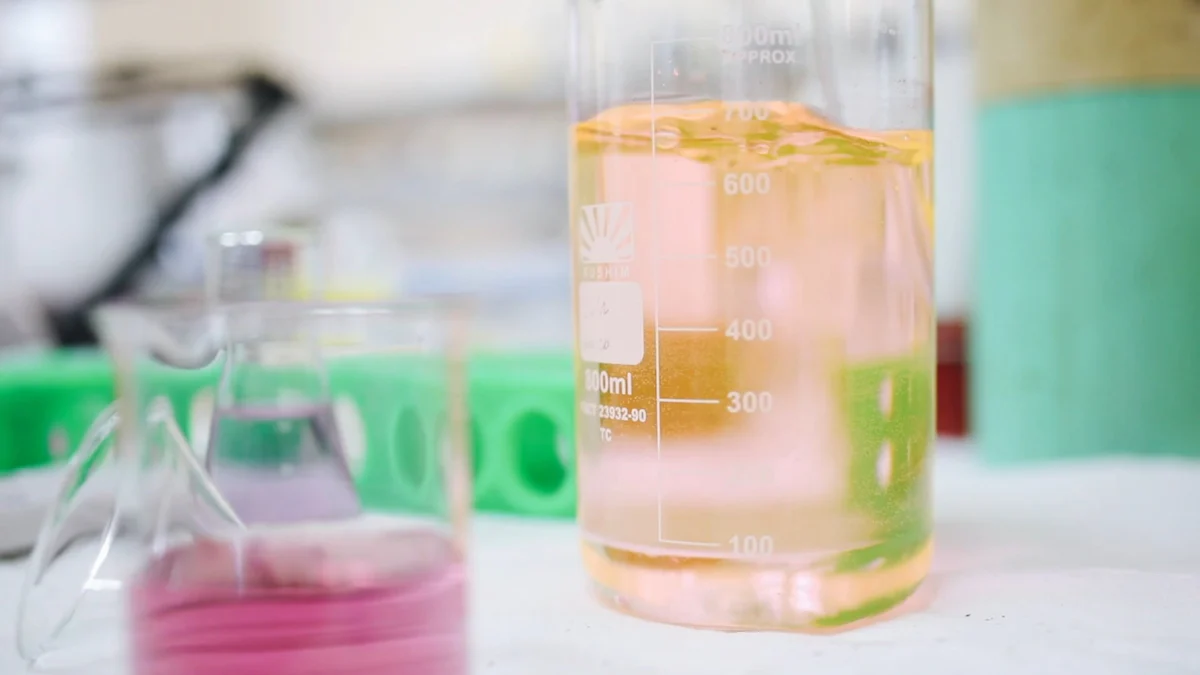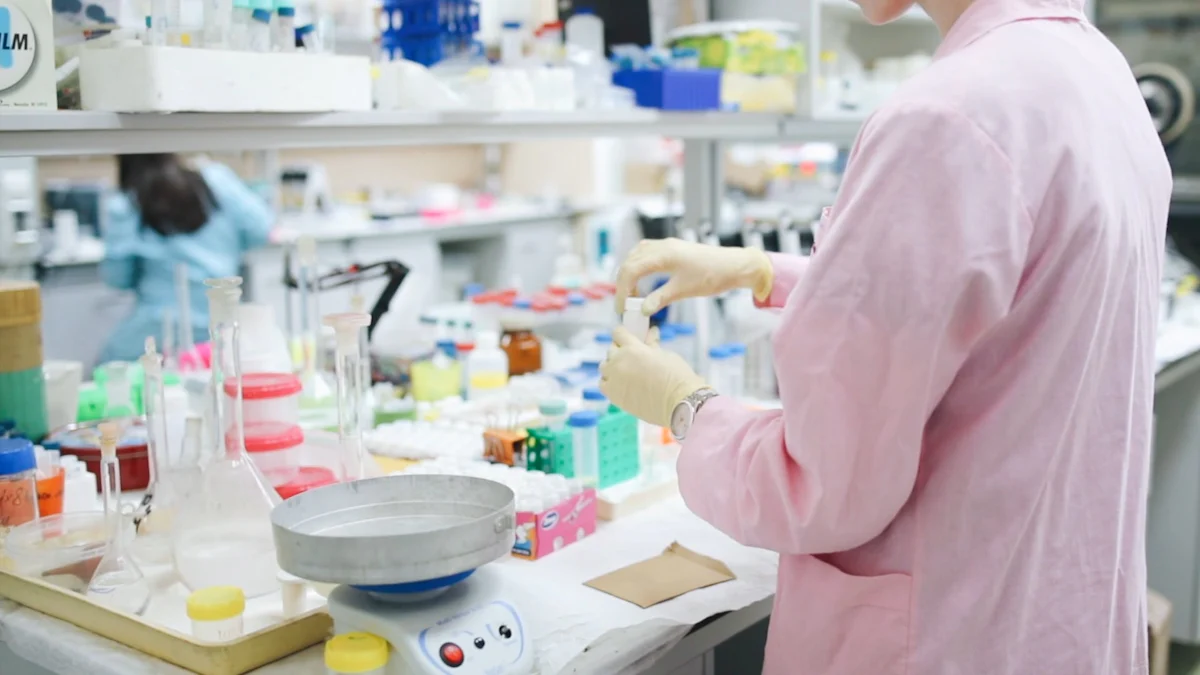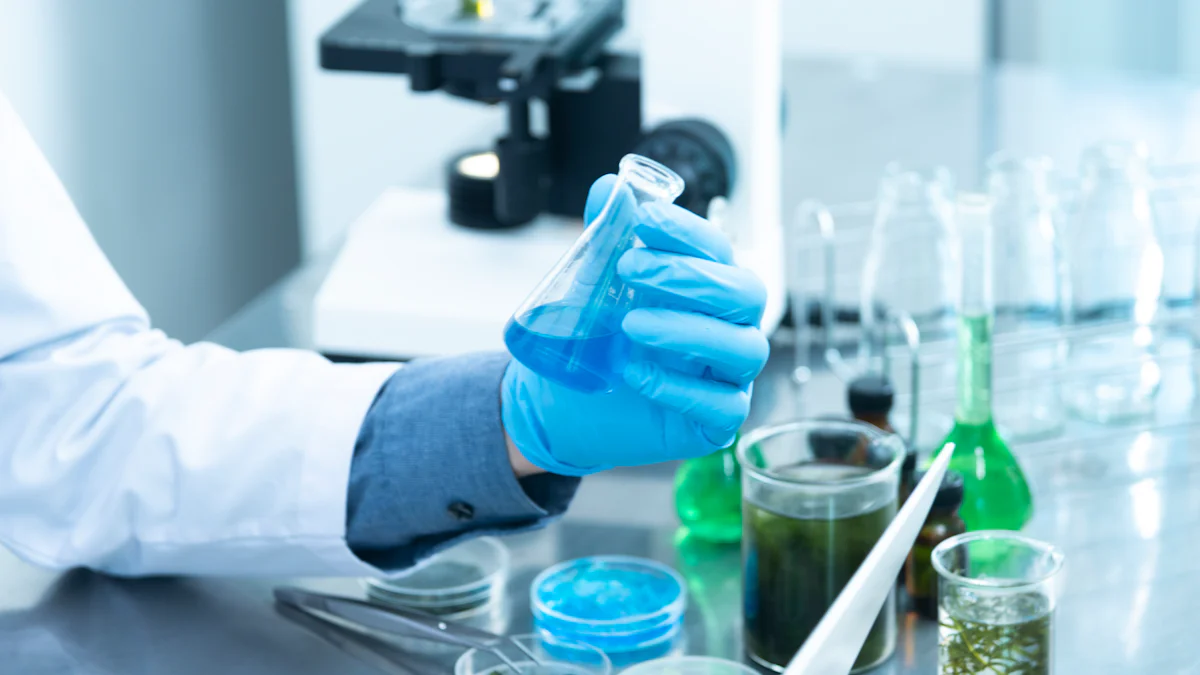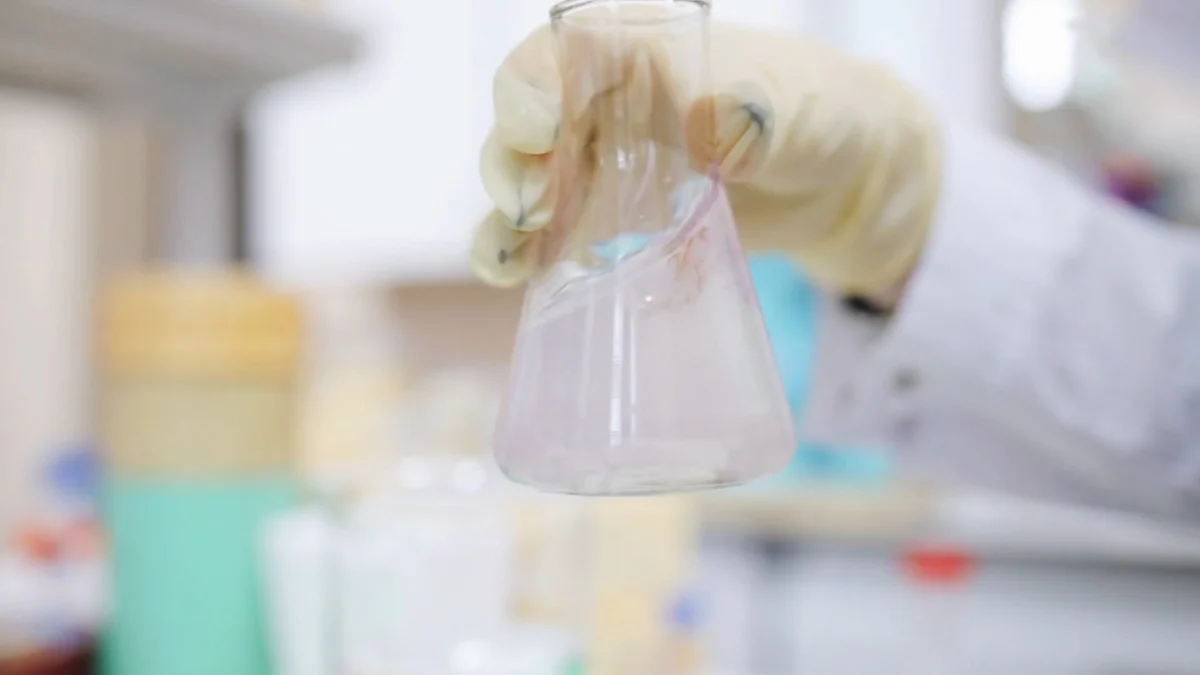
Polycarboxylate Superplasticizer represents a breakthrough in construction technology. It enhances concrete’s performance by significantly reducing water content while maintaining workability. This innovation leads to stronger, more durable structures. Its unique molecular structure allows for improved flow and consistency, making it indispensable in modern construction projects. Builders and engineers rely on it to achieve high-performance concrete mixes that meet rigorous standards. The importance of Polycarboxylate Superplasticizer in the construction industry cannot be overstated, as it contributes to both the efficiency and sustainability of building practices.
Key Takeaways
- Polycarboxylate Superplasticizer significantly enhances concrete performance by reducing water content while maintaining workability, leading to stronger and more durable structures.
- Its unique molecular structure allows for improved flow and consistency in concrete mixtures, making it easier to pour and shape, which results in a smoother finish.
- Using this superplasticizer reduces the water-cement ratio, which is crucial for increasing the strength and longevity of concrete, ensuring structures withstand various stresses over time.
- Polycarboxylate Superplasticizer contributes to sustainability by lowering the carbon footprint of construction projects, as it reduces the amount of cement needed in concrete mixes.
- This additive supports green building standards, helping builders achieve certifications like LEED by promoting environmentally responsible construction practices.
- Different types of Polycarboxylate Superplasticizer are available to meet specific construction needs, ensuring optimal performance for various applications, from infrastructure to residential buildings.
Understanding Polycarboxylate Superplasticizer

Molecular Structure
Composition and Design
Polycarboxylate Superplasticizer features a unique molecular structure that sets it apart from traditional plasticizers. The backbone of this compound consists of a polycarboxylate ether chain, which provides superior dispersing capabilities. This design allows the superplasticizer to effectively reduce water content in concrete mixtures while maintaining optimal workability. The molecular structure also enhances the flow properties of the concrete, ensuring a uniform and consistent mix.
Role in Concrete Mixtures
In concrete mixtures, Polycarboxylate Superplasticizer plays a crucial role. It acts as a high-range water reducer, allowing for a significant decrease in the water-cement ratio. This reduction leads to increased strength and durability of the concrete. Additionally, the superplasticizer improves the workability of the mix, making it easier to pour and shape. This results in a smoother finish and reduces the likelihood of defects in the final structure.
Types and Synthesis Methods
Different Types Available
Polycarboxylate Superplasticizer comes in various types, each tailored to specific construction needs. Some variants focus on high water reduction, while others emphasize early strength development or slump retention. These different types cater to diverse applications, from mass concrete construction to precast components. Selecting the appropriate type ensures that the concrete mix meets the desired performance criteria.
Common Synthesis Techniques
The synthesis of Polycarboxylate Superplasticizer involves several techniques. Manufacturers typically use free radical polymerization to create the polycarboxylate ether backbone. This process allows for precise control over the molecular weight and structure of the superplasticizer. By adjusting the synthesis parameters, manufacturers can produce superplasticizers with specific properties, such as enhanced water reduction or improved slump retention. These tailored products meet the varied demands of modern construction projects.
Advantages Over Traditional Plasticizers

Enhanced Workability
Improved Flow and Consistency
Polycarboxylate Superplasticizer significantly enhances the flow and consistency of concrete mixtures. Builders notice a remarkable improvement in the ease with which concrete can be poured and spread. This superplasticizer ensures that the mixture remains uniform, reducing the risk of segregation. The improved flow characteristics lead to a smoother finish, which is crucial for achieving high-quality construction results.
Reduced Water-Cement Ratio
The use of Polycarboxylate Superplasticizer allows for a substantial reduction in the water-cement ratio. This reduction is vital for increasing the strength and durability of concrete. By minimizing the amount of water needed, the superplasticizer helps in producing a denser and more robust concrete structure. This feature not only enhances the mechanical properties but also contributes to the longevity of the construction.
Durability and Strength
Long-term Performance Benefits
Polycarboxylate Superplasticizer offers significant long-term performance benefits. Structures built with this superplasticizer exhibit enhanced durability, which translates to a longer lifespan. The reduced water-cement ratio contributes to the concrete’s ability to withstand various stresses over time. This durability ensures that buildings and infrastructure maintain their integrity and require less frequent repairs.
Resistance to Environmental Factors
Concrete treated with Polycarboxylate Superplasticizer shows increased resistance to environmental factors. This resistance includes protection against harsh weather conditions, chemical exposure, and other external elements. The superplasticizer’s ability to create a denser concrete matrix helps in preventing the penetration of harmful substances. As a result, structures remain resilient and maintain their appearance and functionality over the years.
Applications in Construction

Use in High-Performance Concrete
Infrastructure Projects
Polycarboxylate Superplasticizer plays a pivotal role in infrastructure projects. Engineers use it to enhance the performance of concrete in bridges, highways, and tunnels. The superplasticizer improves the workability and strength of concrete, ensuring that these structures can withstand heavy loads and environmental stresses. By reducing the water-cement ratio, it contributes to the longevity and durability of infrastructure, minimizing maintenance needs and extending the lifespan of these critical assets.
Commercial and Residential Buildings
In commercial and residential buildings, Polycarboxylate Superplasticizer proves invaluable. Builders rely on it to achieve high-performance concrete mixes that meet stringent building codes and standards. The superplasticizer enhances the flow and consistency of concrete, allowing for smoother finishes and more precise architectural details. Its ability to reduce water content without compromising workability ensures that buildings are not only aesthetically pleasing but also structurally sound. This makes it an essential component in modern construction practices.
Sustainability and Environmental Impact
Reduction in Carbon Footprint
Polycarboxylate Superplasticizer contributes significantly to reducing the carbon footprint of construction projects. By enabling a lower water-cement ratio, it reduces the amount of cement needed in concrete mixes. Cement production is a major source of carbon emissions, so any reduction in its use directly impacts the environmental footprint. The superplasticizer’s efficiency in creating stronger and more durable concrete also means that structures require less frequent repairs and replacements, further decreasing the overall carbon emissions associated with construction activities.
Contribution to Green Building Standards
The use of Polycarboxylate Superplasticizer aligns with green building standards. It supports sustainable construction practices by enhancing the performance of concrete while minimizing resource consumption. Builders and developers can achieve certifications such as LEED (Leadership in Energy and Environmental Design) by incorporating this superplasticizer into their projects. Its role in creating durable, energy-efficient structures underscores its importance in promoting environmentally responsible building practices.
Polycarboxylate Superplasticizer offers numerous benefits for modern construction. It enhances concrete’s strength and durability while reducing water content. Builders achieve superior workability and consistency in their projects. This superplasticizer supports sustainable practices by lowering the carbon footprint and aligning with green building standards. Its role in creating high-performance concrete makes it indispensable in today’s construction industry. By integrating this advanced material, engineers and builders ensure the longevity and resilience of structures, meeting the demands of contemporary architectural and environmental standards.
FAQ

What is Polycarboxylate Superplasticizer?
Polycarboxylate Superplasticizer is an advanced chemical additive used in concrete mixtures. It enhances the performance of concrete by reducing water content while maintaining workability. This results in stronger and more durable structures.
How does Polycarboxylate Superplasticizer improve concrete workability?
Polycarboxylate Superplasticizer improves workability by enhancing the flow and consistency of concrete mixtures. It allows for easier pouring and spreading, ensuring a uniform mix and reducing the risk of segregation.
What are the benefits of using Polycarboxylate Superplasticizer over traditional plasticizers?
Polycarboxylate Superplasticizer offers several advantages over traditional plasticizers. It provides enhanced workability, reduces the water-cement ratio, and increases the strength and durability of concrete. These benefits lead to longer-lasting structures with improved performance.
Can Polycarboxylate Superplasticizer be used in all types of concrete?
Yes, Polycarboxylate Superplasticizer can be used in various types of concrete, including high-performance, self-compacting, and mass concrete. It is suitable for a wide range of construction applications, from infrastructure projects to residential buildings.
How does Polycarboxylate Superplasticizer contribute to sustainability?
Polycarboxylate Superplasticizer contributes to sustainability by reducing the carbon footprint of construction projects. It lowers the amount of cement needed in concrete mixes, which decreases carbon emissions. Its efficiency in creating durable structures also reduces the need for frequent repairs and replacements.
What types of Polycarboxylate Superplasticizer are available?
Different types of Polycarboxylate Superplasticizer are available to meet specific construction needs. Some focus on high water reduction, while others emphasize early strength development or slump retention. Selecting the appropriate type ensures optimal performance for the intended application.
How does Polycarboxylate Superplasticizer enhance concrete durability?
Polycarboxylate Superplasticizer enhances durability by reducing the water-cement ratio, resulting in a denser concrete matrix. This increases the concrete’s ability to withstand various stresses and environmental factors, ensuring a longer lifespan for structures.
Is Polycarboxylate Superplasticizer safe for use in construction?
Yes, Polycarboxylate Superplasticizer is safe for use in construction. It complies with rigorous testing standards and contains low levels of gas and chloride ions, making it effective and safe for various applications.
How does Polycarboxylate Superplasticizer affect the environmental impact of construction?
Polycarboxylate Superplasticizer positively affects the environmental impact of construction by reducing cement usage and enhancing the durability of structures. This leads to fewer repairs and replacements, decreasing the overall carbon emissions associated with construction activities.
What role does Polycarboxylate Superplasticizer play in green building standards?
Polycarboxylate Superplasticizer supports green building standards by promoting sustainable construction practices. It enhances concrete performance while minimizing resource consumption, helping builders achieve certifications like LEED for environmentally responsible projects.
Post time: Dec-23-2024

